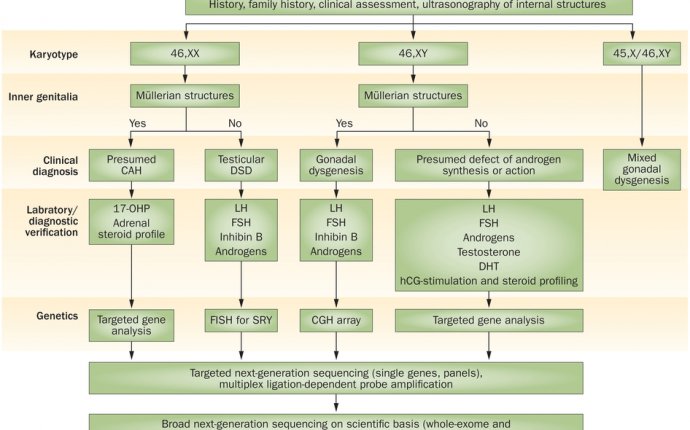
Disorders of Development
Understanding how the brain develops and functions remains among the most difficult of scientific challenges, as is the effort to understand the causes of conditions that alter its function. Among these is autism spectrum disorder (ASD). ASD is described as a spectrum because of the considerable variation in how individuals manifest both symptoms and severity. The core symptoms of ASD, including difficulty in social communication and restricted, often repetitive behaviors, are present in all those affected, but otherwise, there is wide variability in ASD. At the more severe end of the spectrum are individuals who need services as a result of co-occurring intellectual disability or minimal verbal ability, for example. At the other end are individuals with average or superior intellectual ability who can achieve considerable professional and personal success. And in between are the majority of children and adults living with a combination of social, intellectual, and behavioral challenges they and their families face on a daily basis.
Identifying the causes of ASD has proven to be a significant challenge. And while there are several available behavioral treatments that can benefit many if not all of those diagnosed with ASD, much remains to be done in terms of both making helpful treatments more widely available and discovering novel therapies that have the potential to dramatically enhance quality of life. In honor of Autism Awareness Month, I am writing two Director’s Messages about ASD in April. The first, below, explains what we know so far about what causes ASD, and what NIMH researchers are doing to clarify how these causes lead to symptoms. The second, to follow in a few weeks, will discuss currently available therapies for ASD, and NIMH research aimed at learning how to improve access to these therapies.
Genes and ASD
For some time, we have known that ASD is a heritable condition—that is, it runs in families. We know this from a variety of studies—including twin studies, which demonstrate that if one identical twin has ASD, the other twin almost always does also. Indeed, studies suggest that up to 90 percent of the variation in developing ASD is due to genetic factors. Nonetheless, as with all complex genetic conditions, environment also plays a role.
Early efforts to identify genetic factors associated with ASD were largely unsuccessful. As little as five years ago, only a handful of genes had been identified, all of which caused complex genetic syndromes, like Fragile X, Rett’s, and Down syndromes, of which ASD is one of several possible comorbid features. More recently, however, the situation has changed dramatically. We now know dozens of genes that contribute to ASD, with more being discovered seemingly every day. How many of these genes are there? The latest estimates suggest that hundreds of genes contribute to the likelihood of developing ASD.
Gene mutations that raise the risk for ASD come in two basic types—common variants with small effects, and rare variants with large effects. Common variants are, well, common. Many people in the population carry these and most of them do not have ASD. However, each of these genetic variants raises the risk for developing ASD very slightly—often by as little as 5 percent, meaning that if you have any one of these variants, your risk of ASD is 1.05 times that of someone who doesn't carry it. We know from family and population studies that common variation explains a large portion of risk for ASD. Identifying the genes in which common variants play a role in ASD is difficult, however, and we have very few as yet. Ultimately, common variants can (and do, see below) give us clues about the biology underlying ASD. Even then, however, any single common variant can’t really predict with any great certainty whether an individual will develop ASD. Rare variants are bigger deals—they can confer significant risk on their own for ASD. For some of these variants, carriers are 30-50 times more likely to develop ASD than non-carriers.
Understanding how these genetic variants lead to ASD may help us understand particular features of risk. For example, we’ve known for a while that a child of older parents (mothers older than 35 or fathers older than 40) seem to be at higher risk for developing ASD. At least part of this increased risk appears to be due to the fact that new mutations—especially mutations that disrupt the function of genes—are found more often in the sperm of older men. Scientists have also found that girls with ASD have more frequent and more damaging mutations than boys, suggesting that girls are more resilient and boys more susceptible to ASD-related genetic variation, an insight that may help clarify why ASD is diagnosed much more often in boys. Finally, genetic factors that increase risk for ASD also influence normal differences in cognitive, social, and communication abilities in individuals in the general population, suggesting that these factors are important for normal development as well as for explaining ASD.
ASD begins in early neural development
Another way in which understanding the genetic basis of ASD helps us clarify its origins is by helping to specify when during development ASD first arises. NIMH-funded research has revealed that ASD risk genes are most likely to be activated in specific brain cells—pyramidal neurons in the cortex—during mid-fetal development. A prenatal timeframe for the neurodevelopmental origins of ASD is also consistent with evidence from epidemiological studies suggesting links between prenatal infections and the later development of the disorder.









